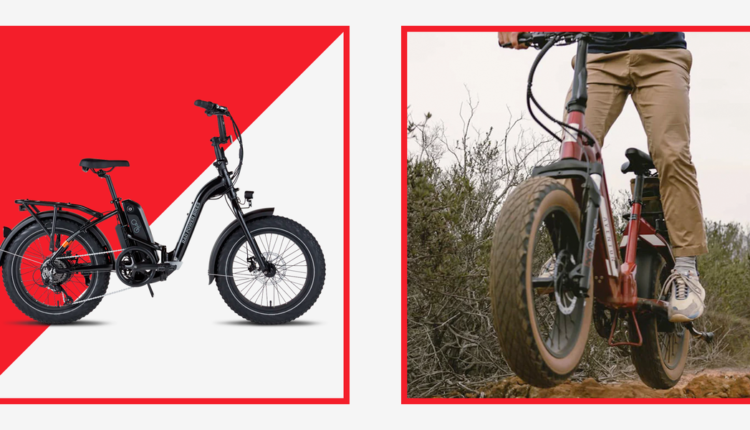Like mentioned earlier, there are few characteristics you should look for when buying a folding e-bike. Here are the most important ones:
Weight
Most folding e-bikes are lighter than you average e-bike, but some folding models can still be a pain when having to carry it frequently, especially if you have to travel up steps. If you live in an apartment or a place where you anticipate you’ll be carrying your bike a lot, then we recommend prioritizing a lighter folding e-bike. These designs are typically a little less powerful and are not as loaded with features (like cargo racks), but in the end they will save you a lot of time and energy.
If you don’t have to worry about weight as much and plan on carrying your folding e-bike in an SUV or RV, or storing it at a vacation home, then you can prioritize a more feature-loaded bike. Examples include thicker tires, more build-up frames with cargo carrying capabilities, and bigger batteries.
Battery Power
Power is huge when it comes to shopping for e-bikes. A good wattage range for folding e-bikes can be from 350-750 watts depending on the size and design of the bike. More wattage sometimes requires a bigger battery, so you will want to take into account added size and weight, but if you want to go far and fast, then you can usually go with a higher wattage batter. We say “usually” because e-bikes also rely a lot on torque for speed and potential distance traveled, as well as the the general build of the bike—is it heavy and made to go off road or is it light and meant for small road riding?
E-Bike Class
In order to help build local legislation for safety, e-bikes have been divided up into different classes. Some cities only allow Class 1 e-bikes, while others allow up to Class 3. It’s true it may be hard for authorities to enforce what e-bike you use, but the reality is if you’re using an e-bike in a town or city that’s not in code with the local law you risk getting a ticket.
So, without getting too deep into the weeds, here’s a quick rundown: Class 1 e-bikes are defined as pedal assisted and can go up to 20 mph, while Class 2 e-bikes are defined as having a throttle (along with pedal assist) and can go up to 20 mph. Class 3 e-bikes are defined by having a throttle and can go up to 28 mph. Check with your local laws and see if there are any guidelines about what kind of e-bike class you can use freely in your neighborhood.


Comments are closed.